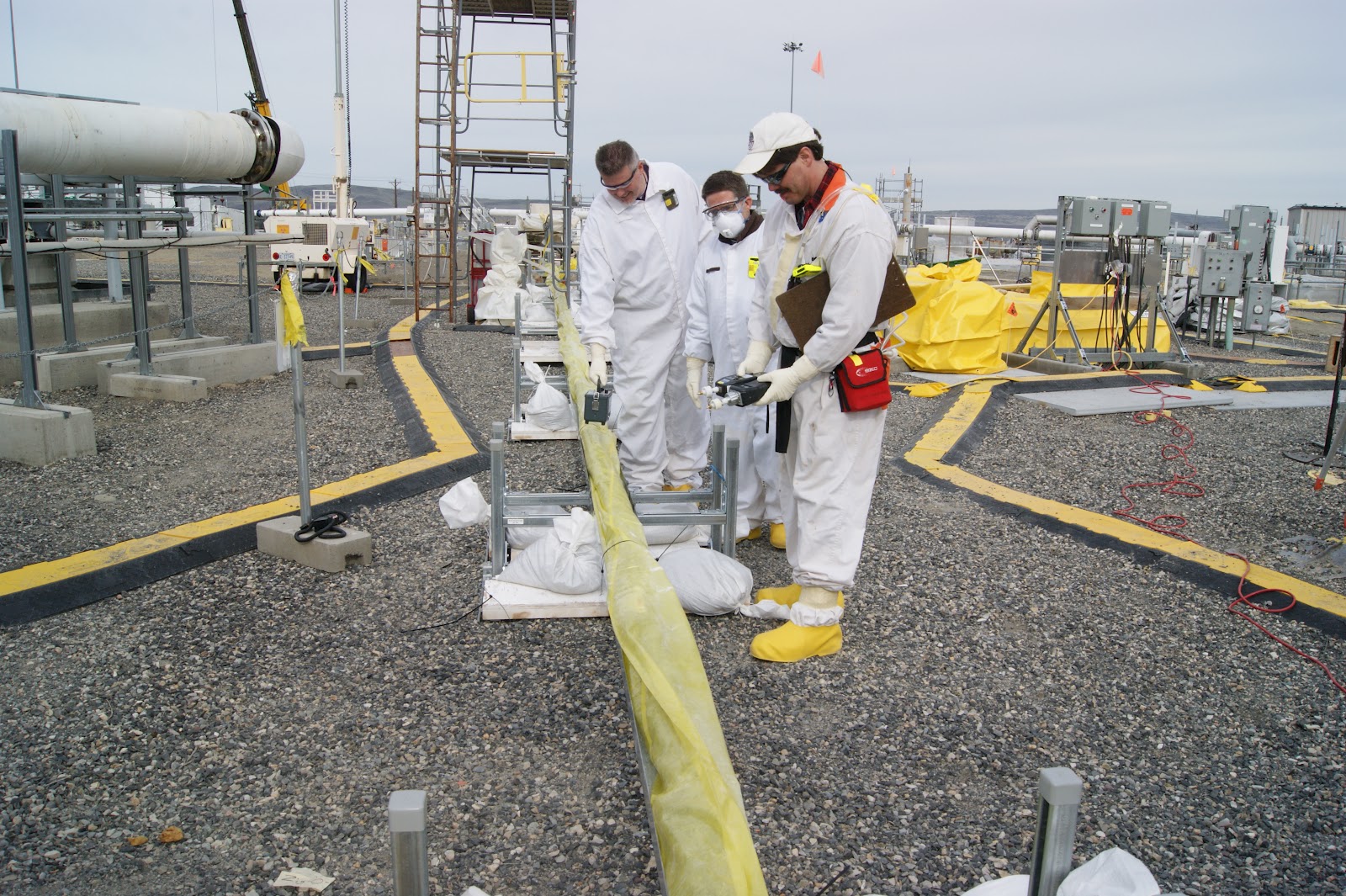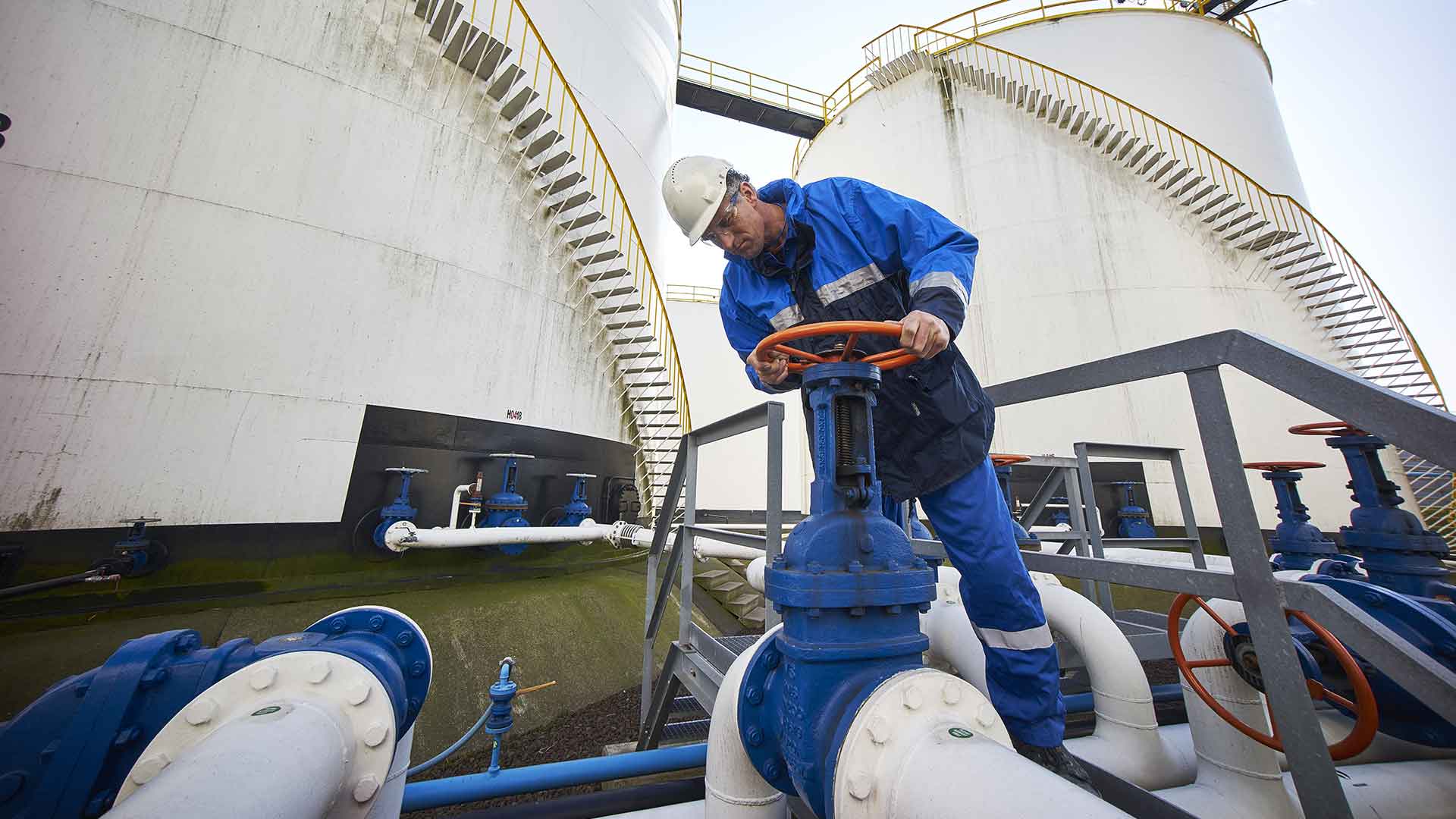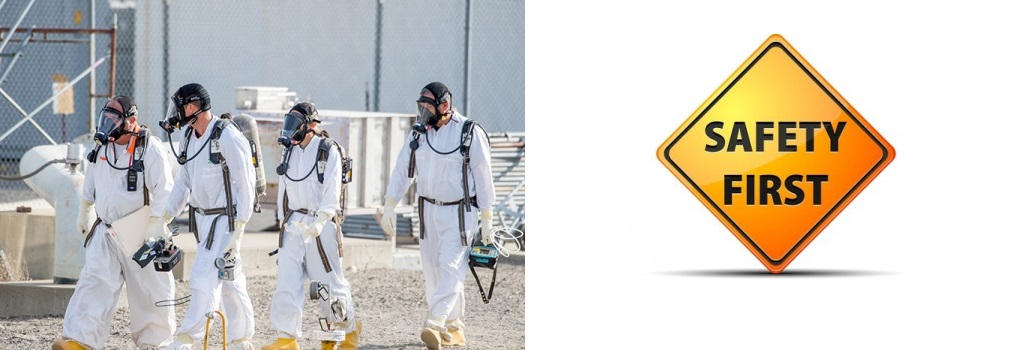SAFETY STANDARDS
Safety is key in our business, so we do everything to guarantee the safety of our customers, our employees and the environment.
Every person working at a BV.Logistics GmBH location should be able to go home at the end of the working day without having suffered or caused harm in any way. Eliminating risk for all persons is a key element supporting all activities undertaken by BV.Logistics GmBH. In today’s complex world this requires a continuous effort from us all. We can only achieve this if each employee at BV.Logistics GmBH understands the risks, realizes the critical importance of safety and knows what to do. Therefore we have compiled this list of straightforward BV.Logistics GmBH Fundamentals on Safety that provides basic guidance. I expect that every individual is familiar with and applies these Fundamentals. The safety of everyone depends on our commitment to these Fundamentals at all times, in all circumstances. We should all care.
Basics
BV.Logistics GmBH’s policy states that we continuously work towards our goals of zero incidents and no damage to the environment. Safety is everyone’s responsibility and we expect every employee to contribute to his own safety and that of others. Although embedded in the BV.Logistics GmBH Fundamentals on Safety, it is important to emphasize that:
- all persons will be trained and competent in the work they conduct
- all persons must know, understand and comply with the basic safety regulations in force at a location
- everyone who works at a location should fully comply with the applicable procedures
- work will not be conducted without a job safety assessment
- for work without an approved procedure, a permit to work is needed
- emergency response plans will be in place before work starts
- appropriate and prescribed personal protective equipment is worn
- it is everyone’s responsibility to stop work that is unsafe
The BV.Logistics GmBH Fundamentals on Safety state:
Before and during the transfer of product the following rules are followed:
- the safety information on the product is available, known and understood
- the pipeline configuration and line-up is checked
- appropriate grounding of the transport medium (vessels/vehicles/pipeline/container etc.) is carried out to prevent electrostatic discharge at all times
- the appropriate personal protective equipment is prescribed and worn
Temporary and permanent changes to systems, processes, procedures, equipment, organization, personnel, products, materials and work arising from changes in laws and regulations cannot proceed unless a Management of change (MOC) process has been completed, where applicable, including:
- a risk assessment that covers all impacted by the change
- a work plan that clearly specifies the timescale for the change and any control measures to be implemented regarding:
- • equipment, facilities and processes
- • operations, maintenance, inspection procedures
- • training, personnel and communication
- • documentation
- authorization of the complete work plan by the responsible person(s)
Lockout and tag out
Any isolation of energy systems; mechanical, electrical, process, hydraulic and others, cannot proceed unless:
- the method of cut-off and discharge of stored energy are agreed and executed by (a) competent person(s)
- any stored energy is discharged
- a system of locks and tags is used as isolation points
- a test is conducted to ensure the isolation is effective
- isolation effectiveness is periodically monitored
Excavation
Work that involves a man-made cut, cavity, trench or depression in the soil cannot proceed unless:
- a hazard assessment of the work location is completed by the competent person(s)
- all underground hazards, i.e. pipelines, electrical cables, etc., have been identified, located and if necessary, isolated
- a valid permit to work is obtained Where persons are to enter an excavation:
- a confined space entry permit must be issued where applicable
- ground movement must be controlled and collapse prevented by systematically shoring, sloping, benching etc., as appropriate
- ground and environmental conditions must be continuously monitored for change
BRZO
As BV.Logistics GmBH provides services related to the handling of oil and chemicals, we are a so called ‘Major Hazard Company’. Therefore, we must comply to the European SEVESO III directive. This directive aims to prevent and control major industrial accidents involving dangerous goods.
In the Netherlands, the Seveso III directive is captured in the BRZO: Besluit Risico Zware Ongevallen. BV.Logistics GmBH's prevention policy complies with the BRZO’15 directive.
International Ship and Port facility Security code
Because BV.Logistics GmBH has a direct connection with the Port of Rotterdam, we have to comply to the ISPS-code: the International Ship and Port facility Security code. This is a set of security measures applicable to vessels and port facilities across the world, implemented to enhance maritime security.
BV.Logistics GmBH is ISPS certified. That means we have:
- Performed and maintain a risk analysis
- Prepared and implemented a security plan
- Appointed a port facility security officer (PFSO) to put the security plan into effect
- Professional port security, including an identity check at terminal entrance
For more information please contact us:
info@bvlogisticsgmbh.com


